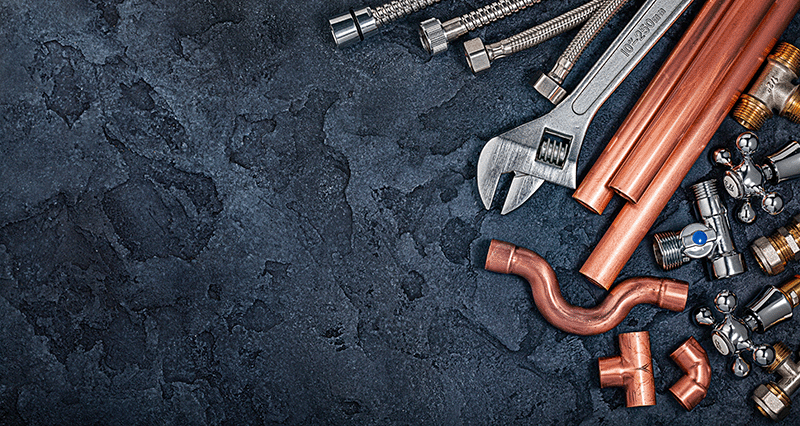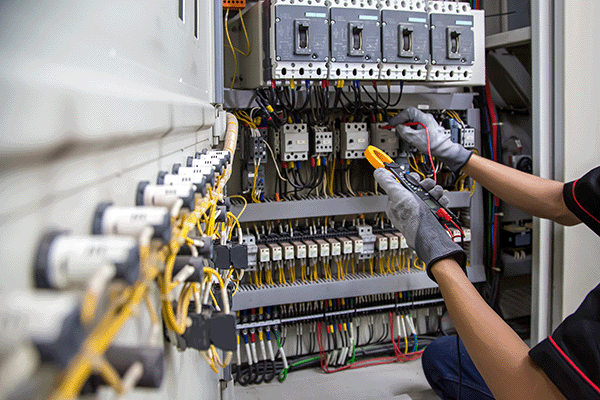Partner with Downstream

Mechanical, electrical, and plumbing (MEP) systems are the nervous system of any commercial interior. When it comes to tenant construction, poor MEP coordination doesn’t just cause delays—it can derail entire project schedules, spike costs, and lead to long-term operational issues for the end user. Coordinating MEP upgrades during interior renovations requires precision planning, tight subcontractor alignment, and smart use of tools like BIM and prefab to stay ahead of lead times and base building constraints. In this post, we’ll walk through strategies for effective MEP coordination in tenant improvement (TI) projects—from early design-phase collaboration to utility shutoff planning and phased installation sequences.

MEP systems are typically installed or upgraded alongside finishes, ceilings, and flooring in TI jobs, meaning they’re heavily interdependent with other trades. Misaligned sequencing, outdated as-builts, or late-stage design changes can quickly cause:
TIs often happen under compressed timelines, and MEP work tends to sit on the critical path. Getting it right the first time means aligning teams, technology, and timelines from day one.
Successful MEP coordination starts long before boots hit the floor. Bring your mechanical, electrical, and plumbing subcontractors into the design conversation early. They can provide input on system sizing, equipment selection, and constructability based on existing conditions.
Key benefits of early MEP involvement:
Working closely with your MEP subs during the design-development phase reduces the chance of downstream clashes, especially when paired with BIM.
Building Information Modeling (BIM) is one of the most effective tools for aligning MEP trades on tenant improvement jobs—especially in dense ceiling spaces or high-performance environments (labs, data rooms, etc.).
Platforms like Autodesk Revit or Navisworks allow for coordinated MEP models that drastically reduce rework in the field. This is especially valuable in core-and-shell buildings with minimal tolerance for modification.
Prefabricated MEP assemblies are gaining popularity in office renovations and TIs due to their efficiency and quality control advantages. These can include:
Benefits of prefab in tenant construction:
According to a McKinsey report on construction productivity, modular and prefab methods can improve installation time by up to 50% and reduce costs by 20%.
MEP installations need to be carefully sequenced to avoid schedule collisions or rework. A common breakdown looks like:
Be mindful of dependencies—for example, ductwork often needs to go in before sprinklers and light fixtures. Include field verification windows in your schedule to catch base-building conditions that may differ from drawings.

Your MEP scope likely interfaces with the building’s core systems—main electrical panels, water mains, condenser water loops, and more. Always coordinate utility tie-ins and shutdowns well in advance.
Pro tips:
This is also a good time to check whether the building’s infrastructure supports your upgraded loads. If you’re adding high-density workspaces or kitchenettes, conduct a load study to confirm you’re not overtaxing existing systems.
Wrapping up MEP work properly is just as important as installing it correctly. Make sure your subs deliver:
Having a structured construction turnover process ensures future maintenance teams aren’t flying blind and makes client handoff smooth.
Coordinating MEP upgrades also means getting the right gear on site—whether you need material lifts for heavy duct installs, scissor lifts for ceiling work, or generators for temporary power.
That’s where Downstream comes in.
With Downstream, you can source and manage rentals across all your MEP needs:
No more scrambling to find gear or juggling vendors across trades—Downstream simplifies your logistics so you can stay focused on delivering quality work, on time.
MEP coordination in tenant construction isn’t just about avoiding headaches—it’s about enabling efficient, high-quality builds that stand up over time. From BIM-based planning to prefab solutions and field execution, your approach to MEP can make or break your schedule.
Plan early. Communicate often. And make sure your subs, suppliers, and site teams are working from the same playbook.
-min.webp)
Quis nostrud exercitation ullamco laboris nisi ut aliquip ex ea commodo consequat. Duis aute irure dolor in voluptate.
